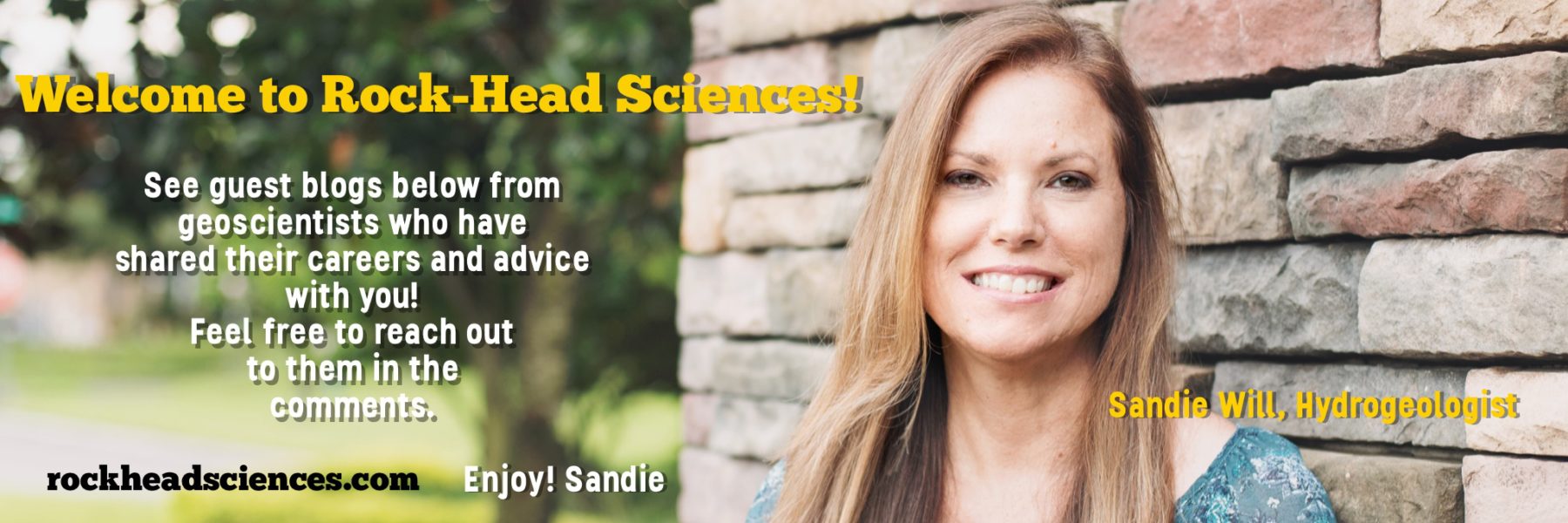NAME: Liam
CURRENT TITLE: Research Fellow
AREA OF EXPERTISE: Volcanology, geochemistry and petrology
YEARS OF EXPERIENCE: 7+
EDUCATION/WORK: Research Fellow in Geochemistry (2nd year) looking at trace elements in organic-rich rocks, following 1 year in gold exploration in Ethiopia, 4 years PhD (igneous petrology) in Italy, and 6 months working for Colima Exchange and Research In Volcanology in Mexico.
What’s your job like?
I am involved in a United Kingdom (UK) government-funded project delivering research and associated activities on “Tellurium and Selenium Cycling and Supply” (TeaSe!). These two elements are important for new low-carbon technologies and photovoltaic solar cells, meaning their demand is increasing. They can also pose a threat to local soils, groundwaters and agriculture if liberated from their host, which is typically pyrite, as they both substitute for sulphur in the chemical structure of pyrite. I work a lot with solid rocks, minerals and data. My job is a mixture of extensive time spent at my computer, in a lab or (preferentially) conducting fieldwork. I spend a lot of time sampling old mining sites and mineralised outcrops, both in the UK and internationally.
What’s a typical day like?
I’m not sure there is such a thing as a typical day in academia and research! For instance, today I gave a lecture to Engineering students, wrote a grant application, did some revisions to a paper and plotted some new data graphs. Last week, I was conducting fieldwork across northern England and southern Scotland. Tomorrow, I’m analysing rocks by scanning electron microscopy. Every day is different!
What’s fun?
Fieldwork is fun. The field of geoscience has given me the opportunity to visit places that I may never have seen otherwise. Work has taken me to Italy, Ireland, Austria, Iceland, Spain, Norway, Ethiopia, Mexico and the United States. There is nothing like seeing an active volcano erupt before your very eyes, and I was fortunate enough to see this at Volcan de Colima, Mount Etna and the Stromboli volcano. I also enjoy working with the samples I collect in the lab, and generating new data to play with.
What’s challenging?
Collecting samples is fun, but preparing those samples for analysis, followed by the generation of tonnes of new data can be challenging. Sometimes data collection can be a little hit and miss. Nothing in nature is simple, so interpreting data can also be a challenge! Especially when you receive detailed feedback either from co-authors or reviewers that requires you to re-think your story. The job requires a great deal of patience, but it’s always worth it.
What’s your advice to students?
Throw yourself into the area of academia that you love. I couldn’t find a job in volcanology, so I volunteered to work at an observatory for an active volcano. There are plenty of opportunities out there to do this – Colima, Tenerife, Etna, Montserrat, Hawaii… this can open up many doors into postgraduate research or employment. Also, if you are a geoscientist, make the most of your time as an undergraduate. You’ll see some of the most amazing geological sites in the world during your studies!





